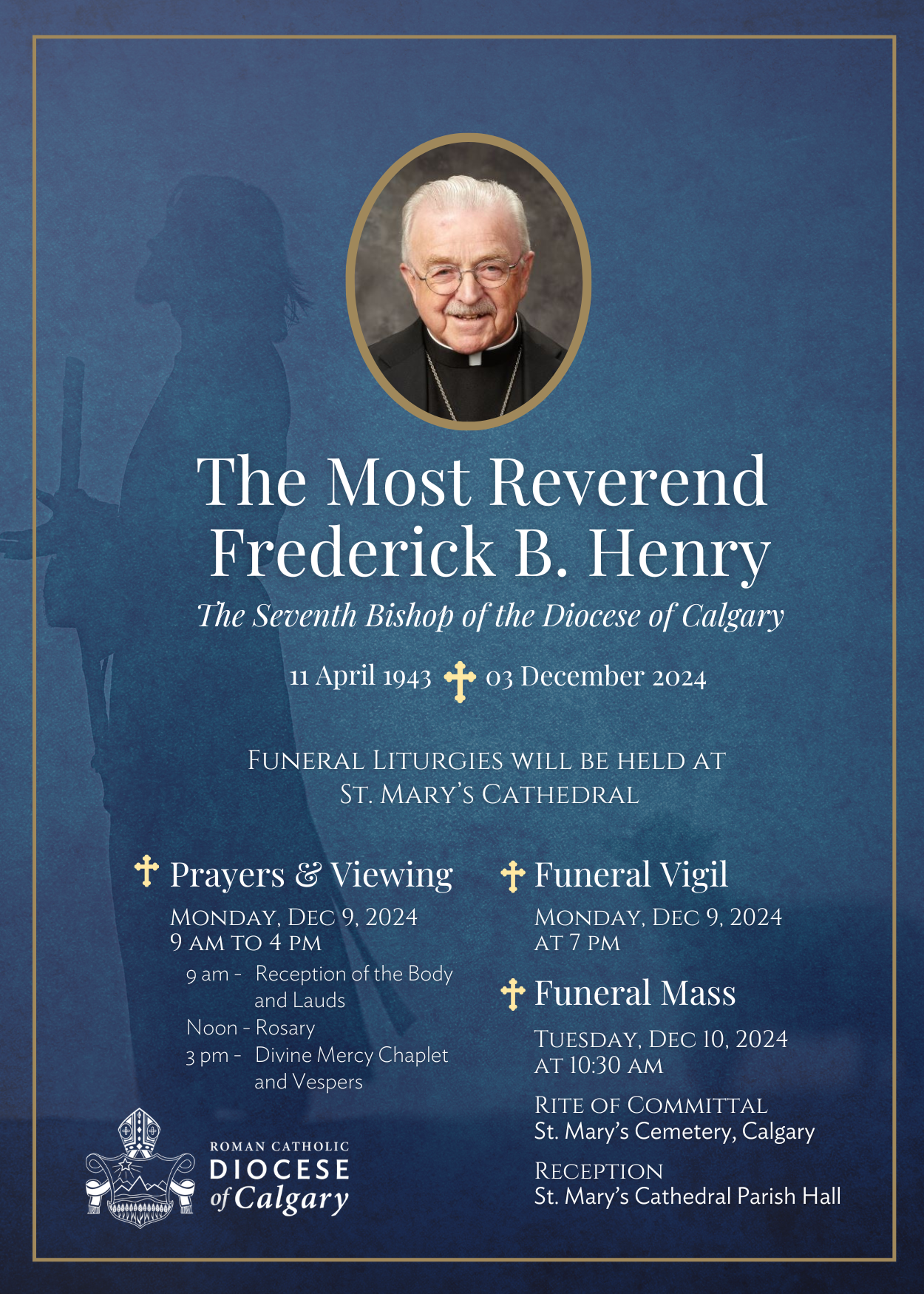Going to confession can be a profound spiritual experience if you prepare well. Here are some practical steps:
1. Spiritual Preparation
- Prayer: Ask the Holy Spirit for help in recognizing your sins and fostering true contrition.
- Examination of Conscience: Reflect on your life using the Ten Commandments, the Beatitudes, or other moral guides. You can also use an examination tailored for adults, youth, or children.
2. Contrition
- Consider how your sins have affected your relationship with God, others, and yourself. True contrition comes from love for God (perfect contrition) or fear of His justice (imperfect contrition).
3. Make a Firm Resolution to Change
- Decide on specific steps to avoid sin in the future. Think about what habits or circumstances you can change to live more faithfully.
During Confession
Step 1: Greeting the Priest
- - Begin by saying:
- In the Name of the Father ...
- Then continue:
- It has been [time] since my last confession, and I fulfilled my penance.
Step 2: Confess Your Sins
- Clearly and honestly state your sins, without justifying or hiding anything. Focus on mortal sins but also include venial sins you want to confess.
Step 3: Listen to the Priest
- The priest may offer advice or encouragement. Listen attentively, as his words can guide your spiritual growth.
Step 4: Express Contrition
- After the priest speaks, express your sorrow by praying an act of contrition, such as:
- Lord, have mercy on me, a sinner.
Step 5: Receive Absolution
- When the priest absolves you, respond with: Amen.
After Confession
- 1. Fulfill Your Penance: Complete the assigned penance as soon as possible to fully close the sacramental process.
- 2. Live in Grace: Pray daily, avoid occasions of sin, and stay close to the sacraments to grow in your spiritual life.
By following these steps, confession becomes not just an obligation but a meaningful encounter with God’s mercy.

_small.gif)

_small.gif)
_small.gif)
